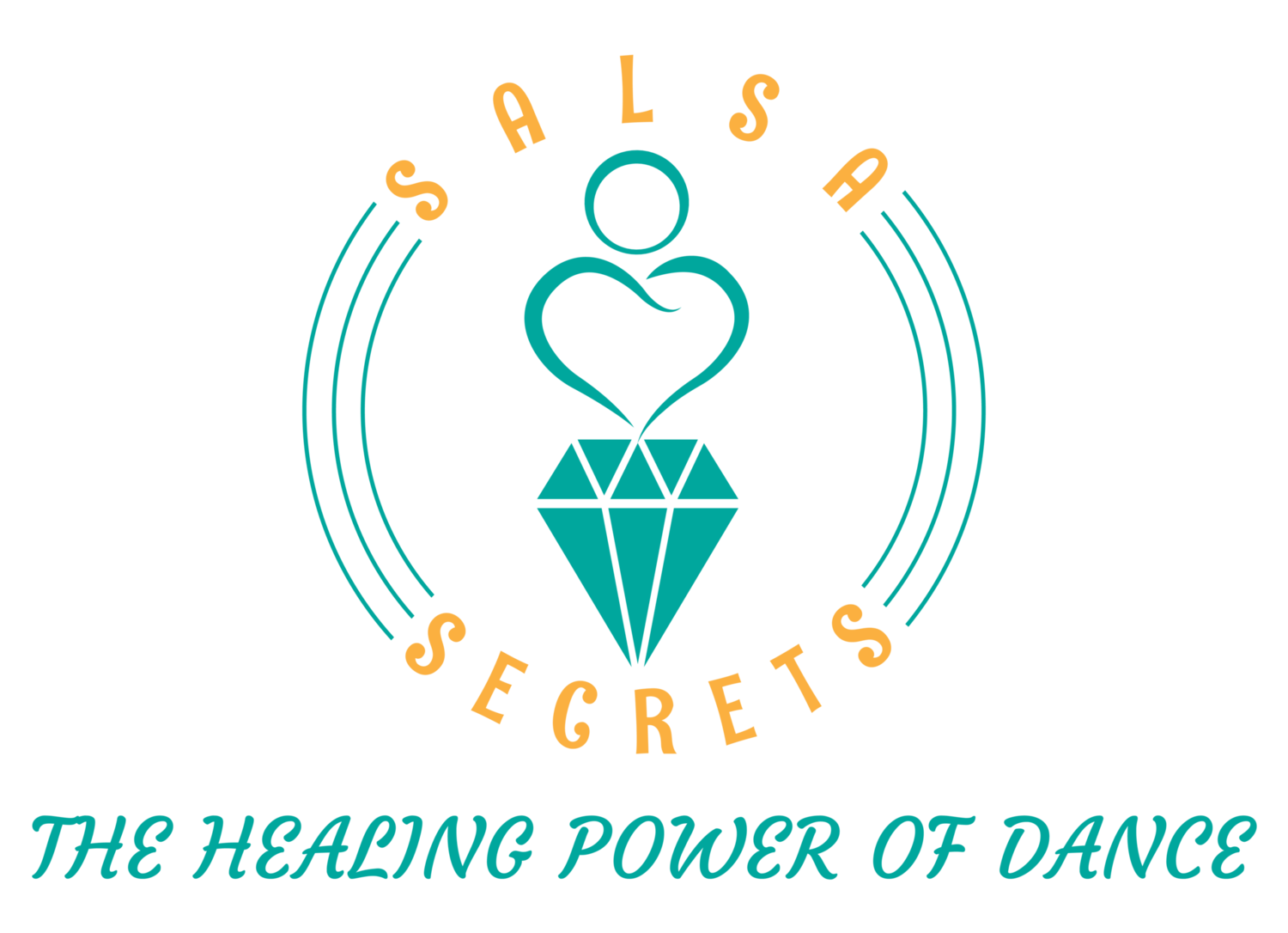In the late 1990s, a group of aging Cuban musicians came together to create something truly extraordinary. They formed the Buena Vista Social Club, a musical ensemble that would not only revive Cuba's traditional son and bolero music but also capture the hearts of people around the world.
Birth of the Buena Vista Social Club
The Buena Vista Social Club emerged in 1996, when American musician Ry Cooder traveled to Cuba to record a collaboration with Cuban musicians. He brought together a group of highly talented but largely unknown elder Cuban musicians, many of whom had played at the Buena Vista Social Club in Havana during its heyday in the 1940s and 1950s.
A Timeless Sound
The music produced by the Buena Vista Social Club is a blend of traditional Cuban genres like son cubano, bolero, and danzón. This enchanting music, characterized by its infectious rhythms, heartfelt lyrics, and skillful instrumentation, resonates with a universal audience. The soulful voices of legendary artists such as Ibrahim Ferrer, Compay Segundo, and Omara Portuondo bring these timeless songs to life.
Widespread Acclaim
The Buena Vista Social Club's eponymous album, released in 1997, became a global sensation. The record won the Grammy Award for Best Tropical Latin Performance and sold millions of copies worldwide. The accompanying documentary film by Wim Wenders provided an intimate look at the musicians' lives and their love for music, which touched the hearts of countless viewers.
Reviving Cuban Culture
The Buena Vista Social Club played a significant role in reviving traditional Cuban music and culture. Their success led to a resurgence of interest in son cubano, attracting younger generations to embrace their musical heritage. The group's influence extends beyond Cuba, serving as a bridge between Cuban music and the rest of the world.
Legacy and Impact
The Buena Vista Social Club's legacy lives on, even after the passing of some of its iconic members. Their music continues to inspire artists and music lovers globally. The ensemble's impact is not only cultural but also political, as they played a part in breaking down barriers and improving diplomatic relations between the United States and Cuba.
The Buena Vista Social Club is more than just a musical ensemble; it's a symbol of the enduring power of music to transcend boundaries, cultures, and generations. Their story is one of resilience, talent, and the ability of music to touch the human soul. The Buena Vista Social Club's music is a timeless treasure, a reminder of the beauty and power of Cuba's musical heritage, and a testament to the indomitable spirit of its musicians.


